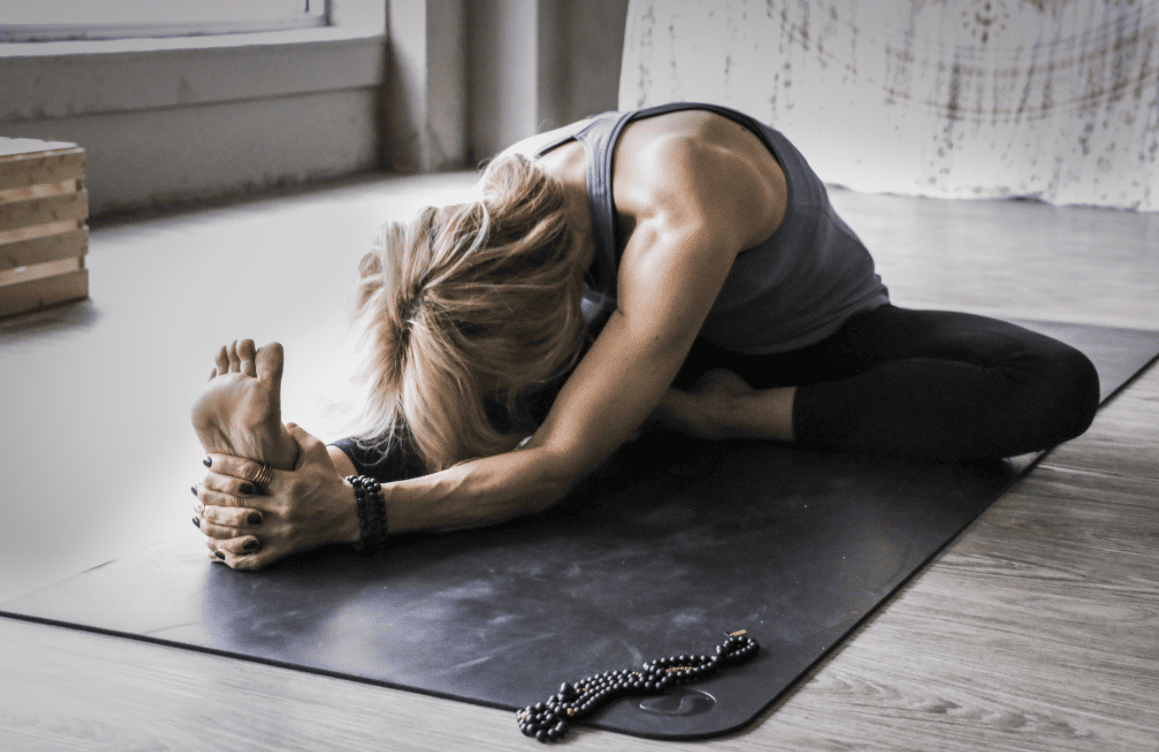For runners, finding the perfect balance between strength, endurance, and flexibility is key to enhancing performance and preventing injuries. One practice that perfectly complements running is yoga. With its focus on stretching, breathing, and mindfulness, yoga can significantly benefit runners, helping them achieve better running form, increased flexibility, and improved overall well-being. In this article, we’ll delve into the numerous advantages of yoga for runners and explore the best yoga movements to boost flexibility and take their running game to the next level.
Benefits of Yoga for Runners:
- Enhanced Flexibility: Running can lead to tight muscles and reduced flexibility, which may hinder performance and increase the risk of injury. Yoga’s emphasis on stretching and lengthening muscles can help runners improve flexibility, making strides longer and smoother, and reducing the risk of muscle strain.
- Improved Breathing Technique: Yoga encourages deep and controlled breathing, which can be invaluable for runners. Practicing yoga helps runners develop better breathing patterns, enhancing endurance and maximizing oxygen intake during runs.
- Better Core Strength: Yoga poses often engage the core muscles, which are essential for maintaining stability and proper running posture. A strong core can lead to more efficient running mechanics and decreased strain on other muscles.
- Enhanced Balance and Coordination: Yoga involves various balancing poses that challenge stability and coordination. For runners, improved balance translates to better control over body movements, reducing the likelihood of tripping or falling during runs.
- Reduced Stress and Mental Focus: Running can be physically demanding and mentally taxing. Yoga’s meditative aspects and focus on mindfulness can help runners manage stress, stay mentally focused, and maintain a positive mindset during training and races.
Best Yoga Movements for Flexibility:
- Downward Dog (Adho Mukha Svanasana): This pose stretches the hamstrings, calves, and Achilles tendons – areas often tight in runners – while also engaging the shoulders and core.
- Pigeon Pose (Eka Pada Rajakapotasana): Pigeon pose targets the hip flexors and glutes, helping to alleviate tightness and imbalance commonly experienced by runners.
- Triangle Pose (Trikonasana): This standing pose stretches the hips, hamstrings, and side body, enhancing overall flexibility and alignment.
- Seated Forward Bend (Paschimottanasana): Seated forward bends target the lower back and hamstrings, ideal for runners seeking to increase flexibility in these areas.
- Reclining Hand-to-Big-Toe Pose (Supta Padangusthasana): This reclined stretch releases tension in the hamstrings and calves and can be easily modified for varying levels of flexibility.
Conclusion:
Yoga can be a game-changer for runners, providing a multitude of benefits ranging from increased flexibility to improved mental focus. By incorporating regular yoga practice into their training routine, runners can unlock their full potential, enhance performance, and prevent injuries. The suggested yoga movements, like Downward Dog, Pigeon Pose, Triangle Pose, Seated Forward Bend, and Reclining Hand-to-Big-Toe Pose, are excellent tools for enhancing flexibility and ensuring runners stay agile and injury-free. So, lace up your running shoes and unroll your yoga mat; the perfect fusion of running and yoga awaits!








